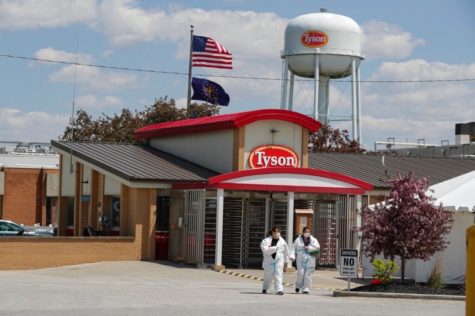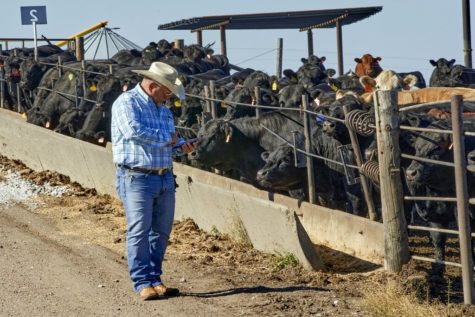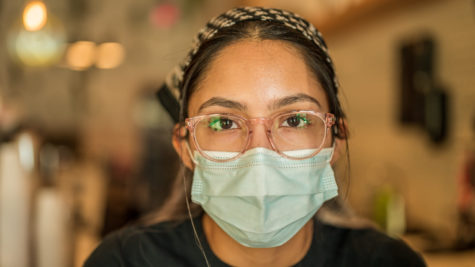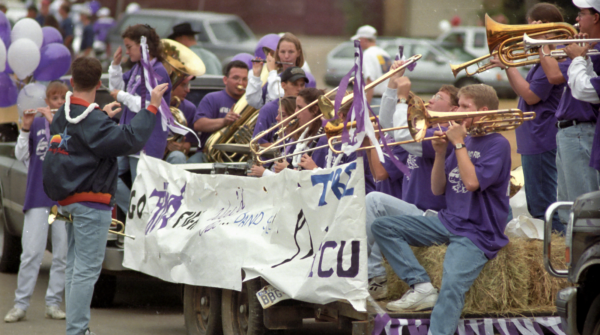Food insecurity in Austin amid COVID-19
This is one in a series of stories that examines how the COVID-19 pandemic has impacted systemic issues through the Fault Lines of race, class, gender, generation, geography and sexual orientation.
Food Insecurity in Austin Amid COVID-19
Small nonprofits and large food banks alike man the front lines of COVID-19








